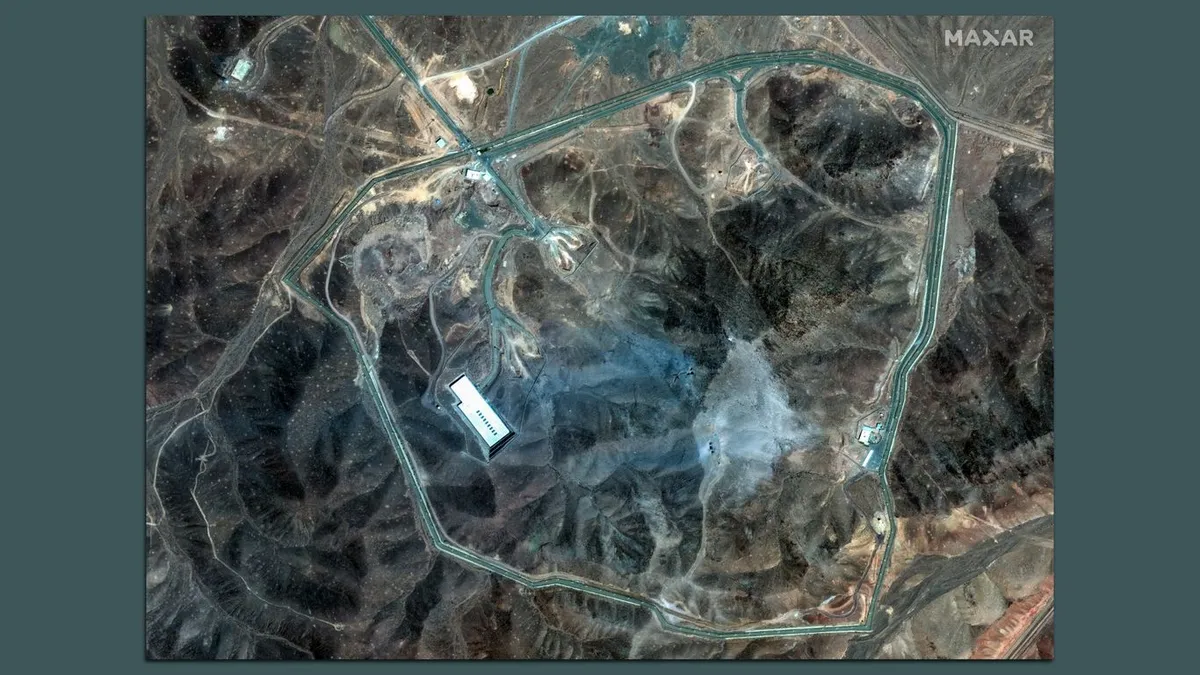
A recent surprise U.S. military attack on Iranian nuclear facilities marks a significant escalation in tensions in the Middle East. This operation, named Midnight Hammer, involved over 125 aircraft and utilized 75 precision-guided weapons. Notably, this mission produced the longest B-2 Spirit flight since 2001 and marked the first real-world deployment of the powerful 30,000-pound bunker-busting bombs.
This military action underscores the United States' renewed involvement in the greater Middle East, now collaborating with Israel against Iran. The joint operation highlights the ongoing complexities of regional geopolitics and the persistent threat posed by Iran's nuclear ambitions.
According to Defense Secretary Pete Hegseth and Joint Chiefs Chairman Gen. Dan Caine, the operation relied on an impressive array of military technology:
Seven stealthy B-2 bombers executed a meticulously planned mission, supported by dozens of refueling aircraft that enabled an extensive 30-hour round-trip flight from Missouri to Iran. Advanced fourth- and fifth-generation fighters were deployed to clear the airspace ahead of the airstrikes. While the Pentagon has not confirmed specific aircraft models, public graphics suggest the involvement of F-22s. One submarine launched over two dozen Tomahawk cruise missiles, showcasing the versatility of U.S. military capabilities. Fourteen GBU-57 Massive Ordnance Penetrators were also utilized, recognized as the world’s most powerful non-nuclear bombs, designed to penetrate deep underground targets.Satellite imagery from Maxar has revealed significant damage at the Fordow facility, often regarded as an underground nuclear fortress. Large craters and a blanket of dirt and ash indicate the effectiveness of the strikes, particularly as Fordow was identified as the primary target of the operation.
In a briefing to reporters, Hegseth expressed confidence in the operation's success, stating, “Our initial assessment is that all of our precision munitions struck where we wanted them to strike and had the desired effect.” The precision of the strikes suggests a carefully coordinated military strategy aimed at crippling Iran’s nuclear capabilities.
Gen. Caine noted that Iran appeared to be caught off guard during the operation, with no reports of Iranian fighter jets engaging U.S. warplanes as they entered or exited the region. It seems that Tehran's surface-to-air missile systems were unable to detect the incoming aircraft, indicating a potential vulnerability in Iran's air defense system.
As the situation unfolds, attention turns to the readiness of U.S. troops for any potential retaliation from Iran or its numerous proxy groups in the region. This operation not only raises questions about immediate security but also the long-term implications of U.S. military engagement in the Middle East.
Looking ahead, Israel's mission is intricately tied to the destruction of Iran's most fortified nuclear sites. The collaboration between the U.S. and Israel underscores the shared objective of mitigating the threat posed by Iran’s nuclear program, further igniting the complex dynamics of Middle Eastern geopolitics.